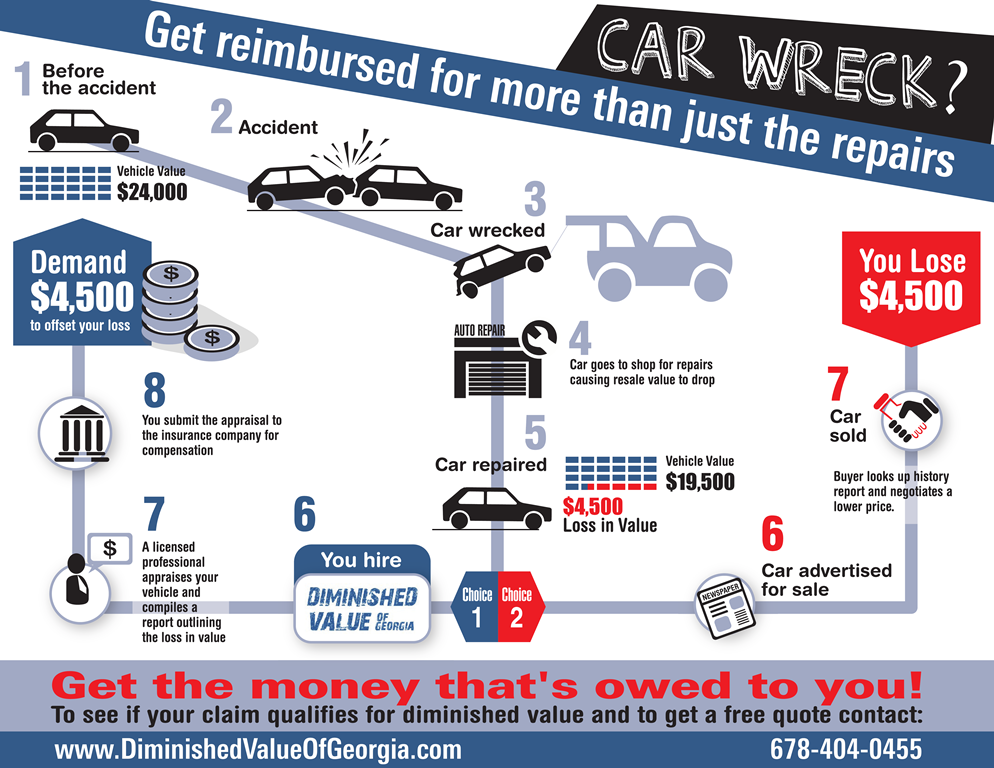Deciphering Your Vehicle'S Caution Indicators: What They Truly Symbolize
Deciphering Your Vehicle'S Caution Indicators: What They Truly Symbolize
Blog Article
Authored By-Faulkner Shepherd
When you lag the wheel, those radiant warning lights on your control panel can be a little bit complicated. Do you know what they're attempting to tell you regarding your automobile's wellness? Understanding the significance of these lights is crucial for your safety and security and the durability of your vehicle. So, the following time among those lights pops up, would not you wish to decipher its message precisely and take the required actions to address it?
Common Warning Lights and Interpretations
Determine common caution lights in your vehicle and recognize their meanings to make certain secure driving.
One of the most regular caution lights consist of the check engine light, which indicates issues with the engine or emissions system. If this light begins, it's critical to have your automobile checked without delay.
The oil pressure advising light suggests reduced oil stress, needing immediate focus to stop engine damages.
A blinking battery light could recommend a defective charging system, possibly leaving you stranded if not dealt with.
The tire stress surveillance system (TPMS) light alerts you to low tire stress, affecting automobile stability and fuel effectiveness. Ignoring this might bring about harmful driving problems.
The ABS light indicates a trouble with the anti-lock braking system, endangering your capability to stop rapidly in emergency situations.
Lastly, the coolant temperature level cautioning light warns of engine overheating, which can lead to serious damage otherwise dealt with quickly.
Understanding these typical caution lights will help you address issues without delay and preserve risk-free driving problems.
Importance of Prompt Focus
Comprehending the typical caution lights in your car is only the primary step; the value of quickly dealing with these warnings can't be emphasized sufficient to guarantee your safety when driving.
When a warning light illuminates on your control panel, it's your automobile's way of connecting a possible issue that requires interest. Disregarding these cautions can lead to much more extreme problems later on, endangering your security and possibly costing you more in repairs.
Prompt interest to warning lights can prevent failures and accidents. For instance, a blinking check engine light might show a misfire that, if left neglected, could create damage to the catalytic converter. Addressing this without delay can save you from an expensive repair work.
Likewise, a brake system warning light may signify low brake liquid or used brake pads, critical elements for your safety when driving.
DIY Troubleshooting Tips
If you notice a warning light on your dashboard, there are a couple of DIY troubleshooting suggestions you can try prior to looking for professional help.
The very first step is to consult your auto's handbook to understand what the particular warning light shows. In some cases the issue can be as basic as a loosened gas cap triggering the check engine light. Tightening up the gas cap may resolve the issue.
https://www.nbcbayarea.com/investigations/consumer/how-to-protect-your-car-from-catalytic-converter-theft/2662863/ is a reduced battery, which can set off different advising lights. Checking the battery connections for rust and ensuring they're safe and secure might take care of the issue.
If a caution light continues, you can try resetting it by disconnecting the cars and truck's battery for a few mins and then reconnecting it. Furthermore, inspecting your car's fluid degrees, such as oil, coolant, and brake fluid, can help troubleshoot warning lights connected to these systems.
Conclusion
To conclude, recognizing your vehicle's warning lights is vital for maintaining your vehicle running smoothly and safely. By without https://brakerepairnearme62739.ambien-blog.com/38466761/exceptionally-hassle-free-mobile-car-outlining-services-not-just-conserve-you-money-and-time-however-additionally-boost-your-vehicle-s-long-life-find-how-they-can-transform-your-routine dealing with these alerts and knowing what they imply, you can avoid costly fixings and potential break downs.
Keep in mind to consult your automobile's handbook for particular details on each alerting light and do something about it appropriately to make certain a hassle-free driving experience.
Remain notified, remain risk-free when driving!
